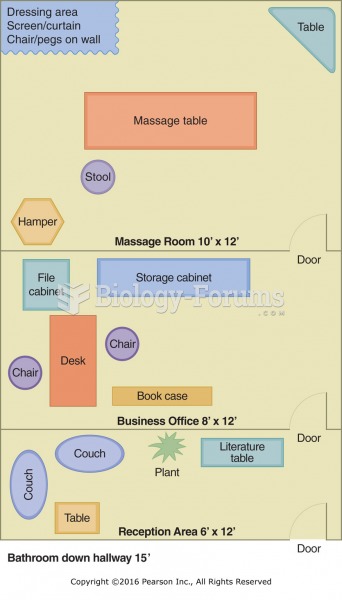This topic contains a solution. Click here to go to the answer
|
|
|
Did you know?
Nearly 31 million adults in America have a total cholesterol level that is more than 240 mg per dL.
Did you know?
Human kidneys will clean about 1 million gallons of blood in an average lifetime.
Did you know?
Calcitonin is a naturally occurring hormone. In women who are at least 5 years beyond menopause, it slows bone loss and increases spinal bone density.
Did you know?
There are approximately 3 million unintended pregnancies in the United States each year.
Did you know?
The horizontal fraction bar was introduced by the Arabs.







